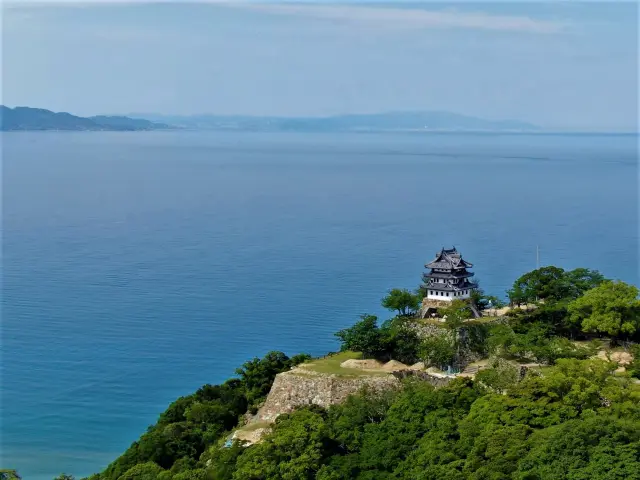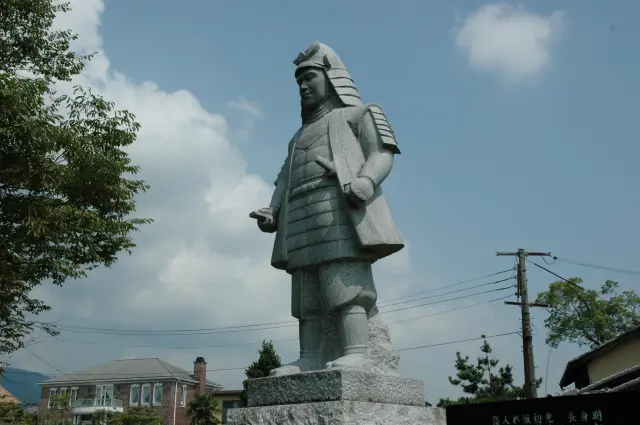
Tales of Sake in Kyoto Bridges and the Three Views of Japan
Last update
Tales of Sake in Kyoto Bridges and the Three Views of Japan
The Three Views of Japan are the definitive trio of Japan's most celebrated scenic spots: Miyajima in Hiroshima, Matsushima in Miyagi, and Amanohashidate in the north of Kyoto. While each of these views are surrounded by the waters of Japan, each has its own individual appeal. Amanohashidate is a sandbar that spans the mouth of Miyazu Bay, and the name itself suggests "bridging" or "connecting."

The origin of the Three Views of Japan is attributed to an early Edo period Confucian scholar named Hayashi Shunsai in 1643. In his text Nihonkoku jisekiko, or Study on the Sites of Japan, Shunsai mentions three natural wonders. The term setsugekka (snow, moon, and flowers) is a central theme in Japanese aesthetics, and one that is closely linked to the Three Views of Japan. The snow on Amanohashidate, the moon above Matsushima, and the autumn leaves on Miyajima are well known for their immense beauty. Since these three sites were designated as national places of significant scenic beauty in 1952, huge numbers of tourists have come to visit—Amanohashidate is thought to welcome around three million a year.
Amanohashidate contains the kanji for ‘bridge,’ however it is not technically a bridge, although the rows of pine trees along the sandbar may resemble one. Perhaps its name is more figurative, suggesting the uniquely Japanese notion of associating ‘crossing over’ with destiny and forging connections.
The sandbar itself was created when sand from a nearby river clashed with sand from the sea, and the hills at both ends offer fantastic views of this natural formation. Around the edges of the inland Aso Sea, which the sandbar separates from the Sea of Japan, are a number of funaya, or boathouses. To get to the Sea of Japan, boats from these houses have to pass through a small gap in the sandbar and past a rotating bridge. On busy days, this bridge opens up to 50 times a day.
A Bridging Brewery Hakurei Brewing


To the southeast of Amanohashidate is Mt. Yuragadake of the Oeyama mountain range, which is the stage for many Japanese legends. The most famous of these is perhaps the story of Shuten Doji, a sake-loving demon who controlled the mountain range. This tale appears in the Kojiki (Records of Ancient Matters), while there is also a famous ukiyo-e painting of the demon.
Further east is Maizuru, home to a maritime self-defense force base and a mecca for gaming fans. Positioned between the Oeyama mountain range and Maizuru City is Hakurei Brewing.


The brewery sits between two tourist hotspots, and is within walking distance from stations on the Kyoto Tango Railway. Numerous railway enthusiasts visit the famous Yuragawa Bridge before dropping by the brewery.
Hakurei Brewing uses the extremely soft water from Mt. Yuragadake, and although soft water is often thought to produce sweet sake, the lack of minerals in the water means the brewery can also produce sake with a refreshing, dry finish.

Sake from Hakurei Brewing is unique in that it pairs well with a variety of different Japanese dishes. Take a trip to the brewery to add some excitement to your journey to northern Kyoto.


Hakurei Breweing Co., Ltd.
949 Yura, Miyazu, Kyoto Prefecture 626-0071
Open for inspection: 9:00-17:00
Closed: Wednesdays, and the New Year’s period
Access
1. Take the limited express from JR Kyoto Station to Nishi-Maizuru or Miyazu Station. Change to the Kyotango Railway and alight at Tango-yura Station, from where it is an approx. 7 min. walk. (Travel time: Approx. 120 min.)
2. Take the highway bus from JR Kyoto Station to Nishi-Maizuru Station. Change to the Kyotango Railway and alight at Tango-yura Station, from where it is an approx. 7 min. walk. (Travel time: Approx. 150 min.)
Check also...

Restrictions on Large Baggage

Hidden Stories in Stone: Exploring Japan’s Castle Walls

Feel Like a Lord: Castle with Stunning Panorama Views

Experience the True Essence of Japan through Castles, Cultural Treasures, and Timeless Gardens

Castles of Tokugawa Ieyasu

Castles of Akechi Mitsuhide

Royal Food of Japan MIKETSUKUNI~Delicacies cherished since ancient times~

